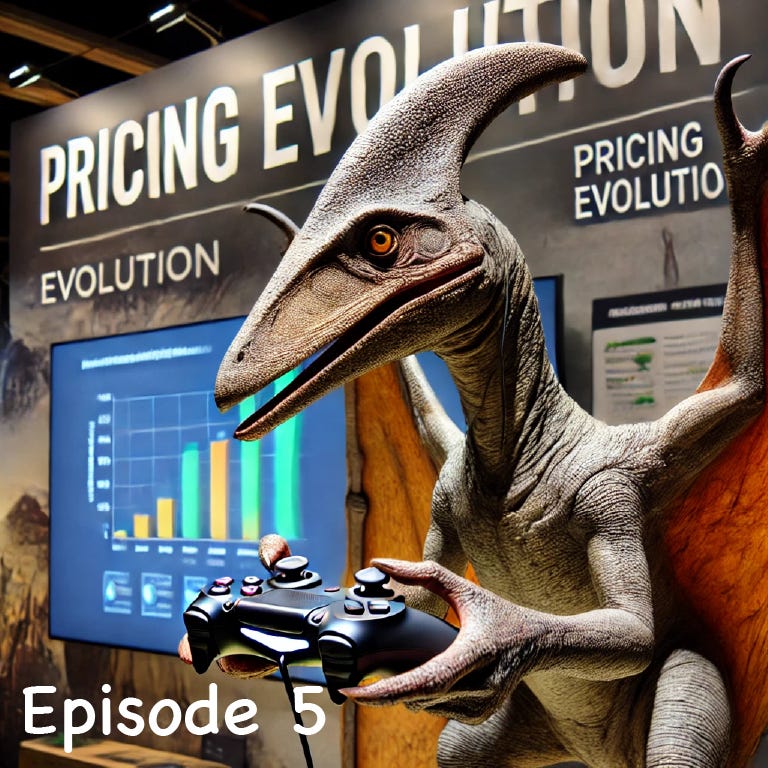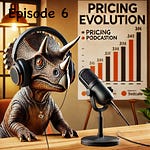A listener asked why video game makers sometimes discount as much as 50% to 75%. Are they making money? Why don’t they just lower the everyday price?
I’m not a video game player myself, but I enjoyed diving into the research about how games are priced.
In this episode I talk briefly about the “freemium” model that many mobile games use, where the game itself is free but the user is then encouraged to make in-app purchases.
I chart out the lifecycle pricing which major video games follow, and how that lifecycle varies for successful games like Elden Ring vs less successful ones like Battlefield 2042.
Then we discuss lifecycle pricing (and discounting) is different for a product like a video game which has no or low margin cost as compared to other product that have lifecycle pricing such as fashion, home goods, and electronics, but where there is still a significant cost to manufacturing more units to sell, even as the product moves into the lower priced later stages of the lifecycle.















Share this post